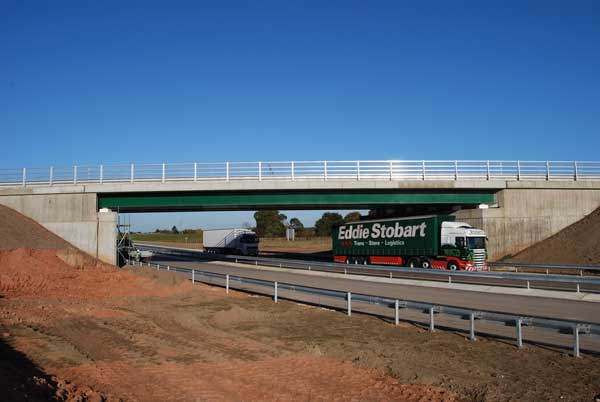News
Steel sector facing skills shortage dilemma
A recently published report, co-produced by the Construction Industry Training Board (CITB) and Experian, a multinational data analytics company, confirmed what we have all known for some time, that the constructional steelwork industry is severely suffering from a shortage of skilled labour and new recruits.
The headline facts and figures contained in the report state that, by 2028, an additional 251,500 workers will be required to meet the expected growth in UK construction output, which equates to an average increase of over 50,000 resources per year. While the report concentrates on only the UK regions, we know that the same scenario is being repeated in Ireland and therefore all of our BCSA members are facing the same challenges.
During the National Meeting that followed the BCSA AGM in June, a question was raised as to whether we are encountering a specific skills shortage, or a more general labour shortage, and the feeling was that we are unfortunately facing both.
The reasons behind this are varied. In a recent interview, the MD of the Oak View Group, Tim Leiweke, acknowledged that the delay in the opening of the Co-op Live Arena in Manchester was partly attributable to workforce shortages caused by Brexit. And, as a consequence of Brexit, most of us will be aware that the cost of employing migrant workers has significantly increased. In addition, the Covid pandemic led many workers to reassess their personal situation and pursue different careers, while many others chose to take early retirement from the industry and are not being replaced at the same rate by new starters.
But, whatever the reasons, the consequences of extended programmes due to staff shortages can lead to serious issues for even the more robust of our steelwork contractor members.
The more obvious solutions to this problem include increased education and career advice, improved apprenticeship schemes with grants to cover all entry levels, and improved employee training programmes and qualifications. All of which will all be gratefully aided by the CITB’s plan to invest over £267M to raise the profile of the construction industry, improve training and skills, and encourage employers to upskill their workforce.
However, we must not miss other opportunities such as the direct re-employment and re-training of thousands of experienced industry workers who are set to lose their jobs in South Wales and the NE of England as we transition to EAF steel production.
And there is an even larger potential labour resource if we stop the rhetoric and get serious about flexible working arrangements, age restrictions and gender diversity. The UK unemployment figure, between the ages of 16 to 64, currently sits at just over 1.5 million and is almost equally divided between men and women, but currently only 16% of the UK construction industry workforce is female.
So, to better engage with this vast pool of potential resource, should we start with a rebrand of our treasured “Construction Industry” to a more inclusive description of the range of opportunities that we encompass, such as design, manufacturing, finance and project management? And how about a central register of site labour resources in order to optimise and locate the workforce closer to homes and family should they wish to, together with the introduction of a training programme specific to more mature employees with flexible working opportunities based around family commitments.
We work in a very traditional industry, but which is more important at this difficult time, the tradition or the industry?
Gary Simmons
BCSA President











